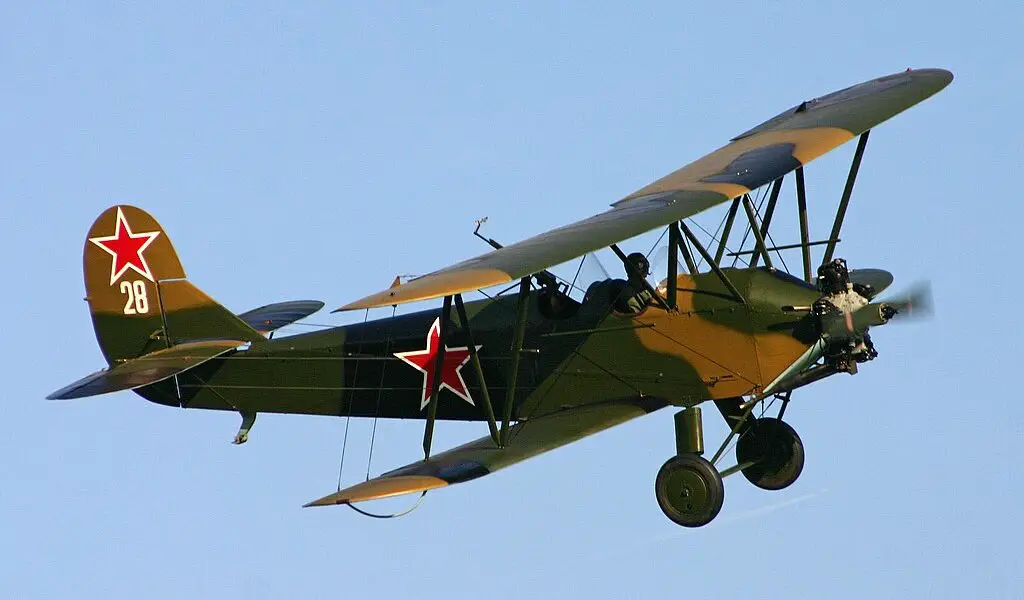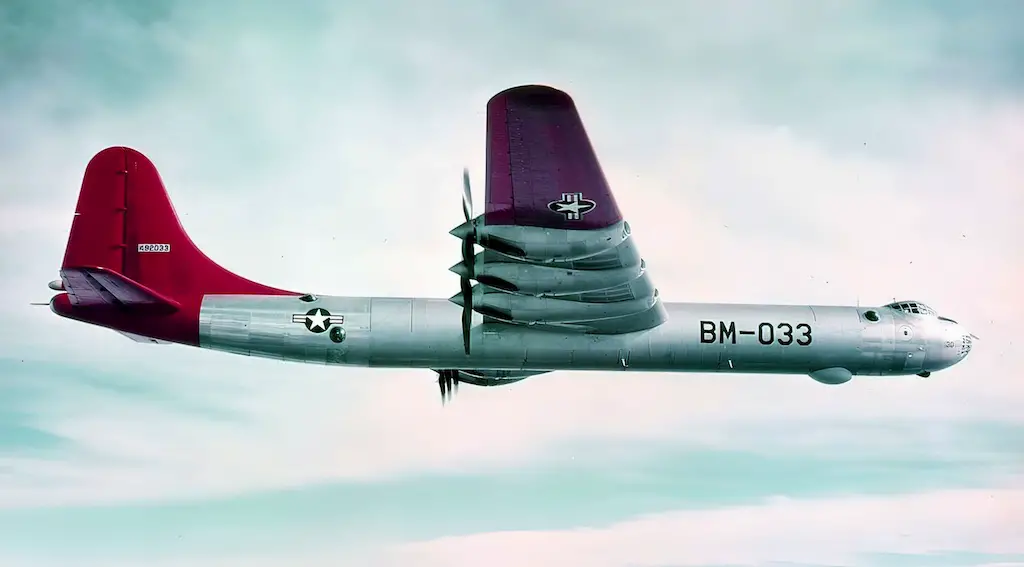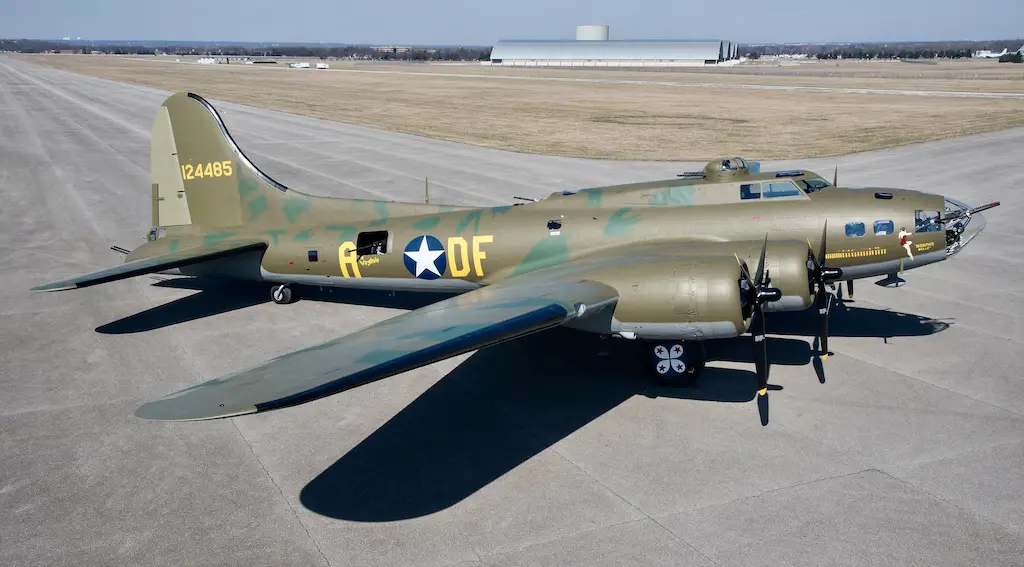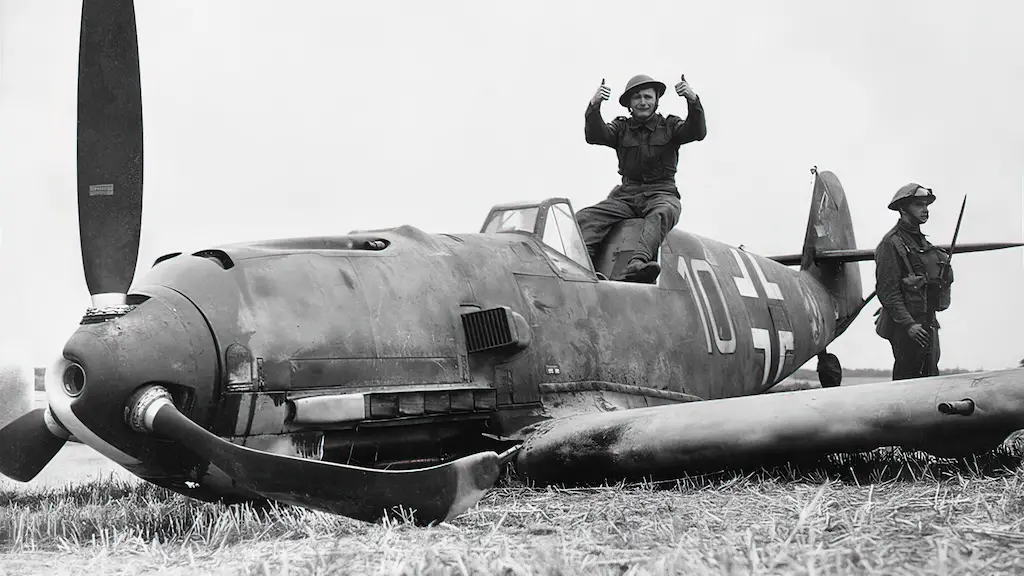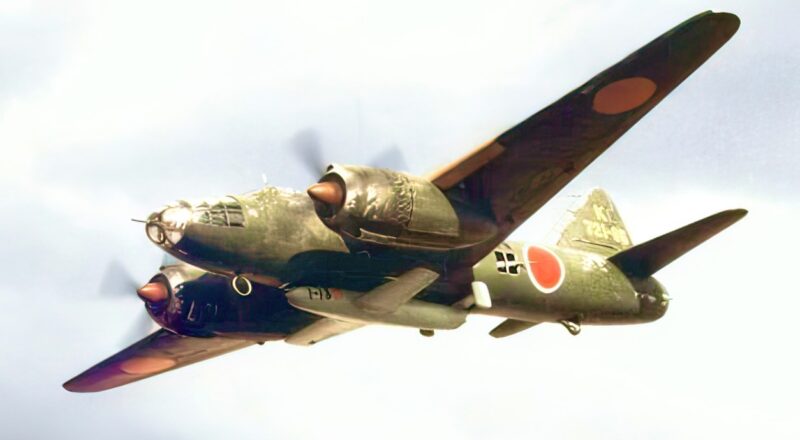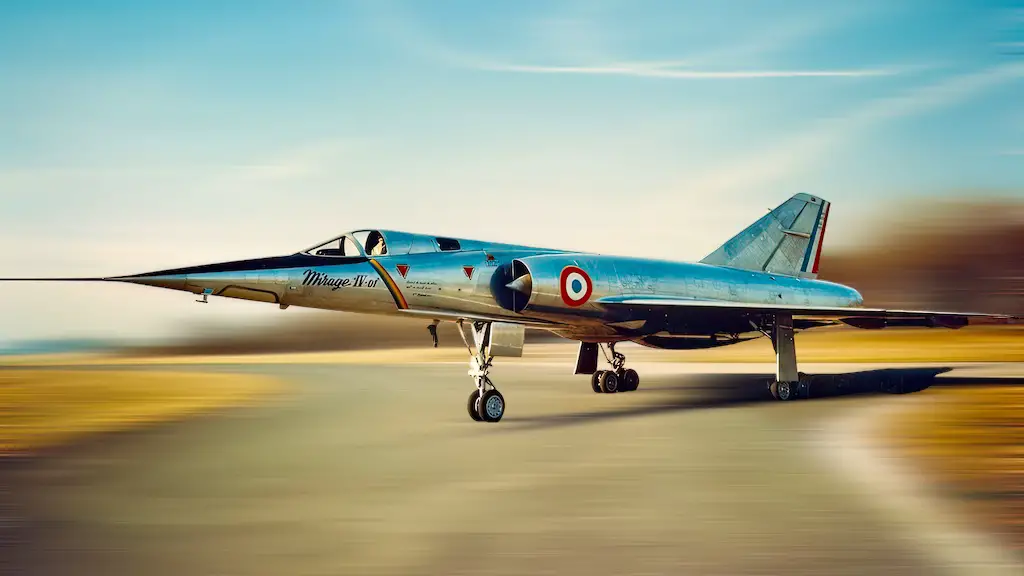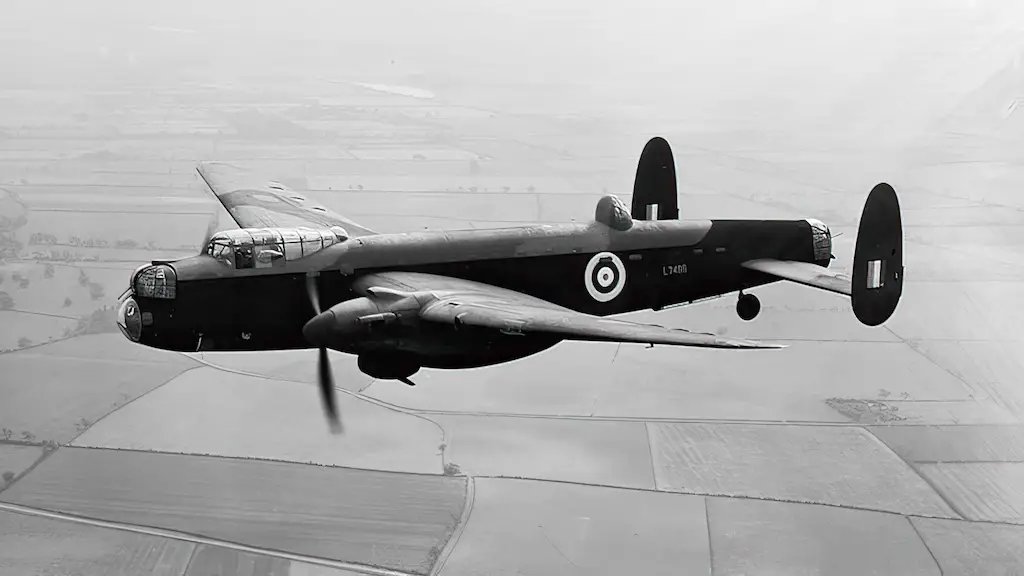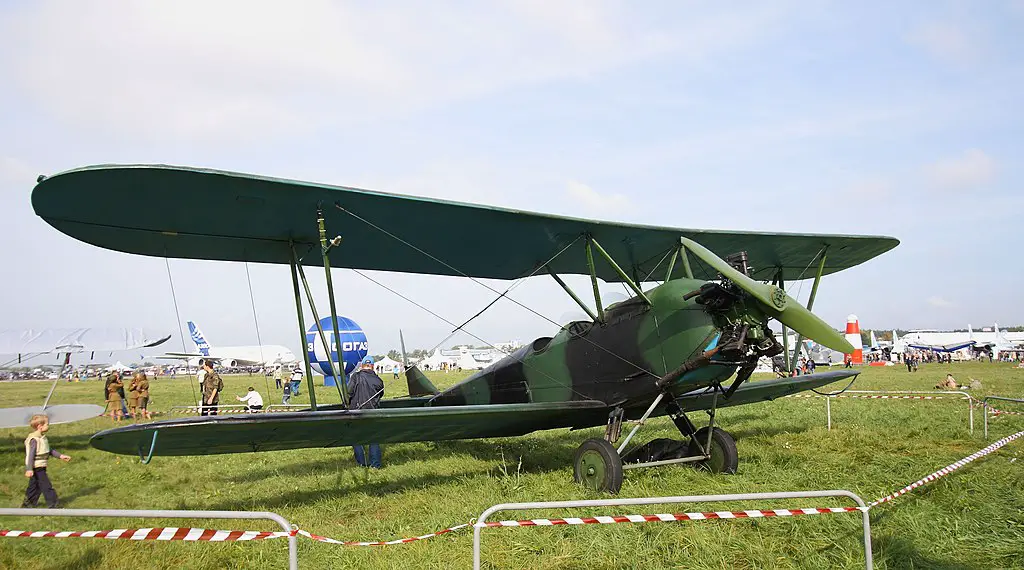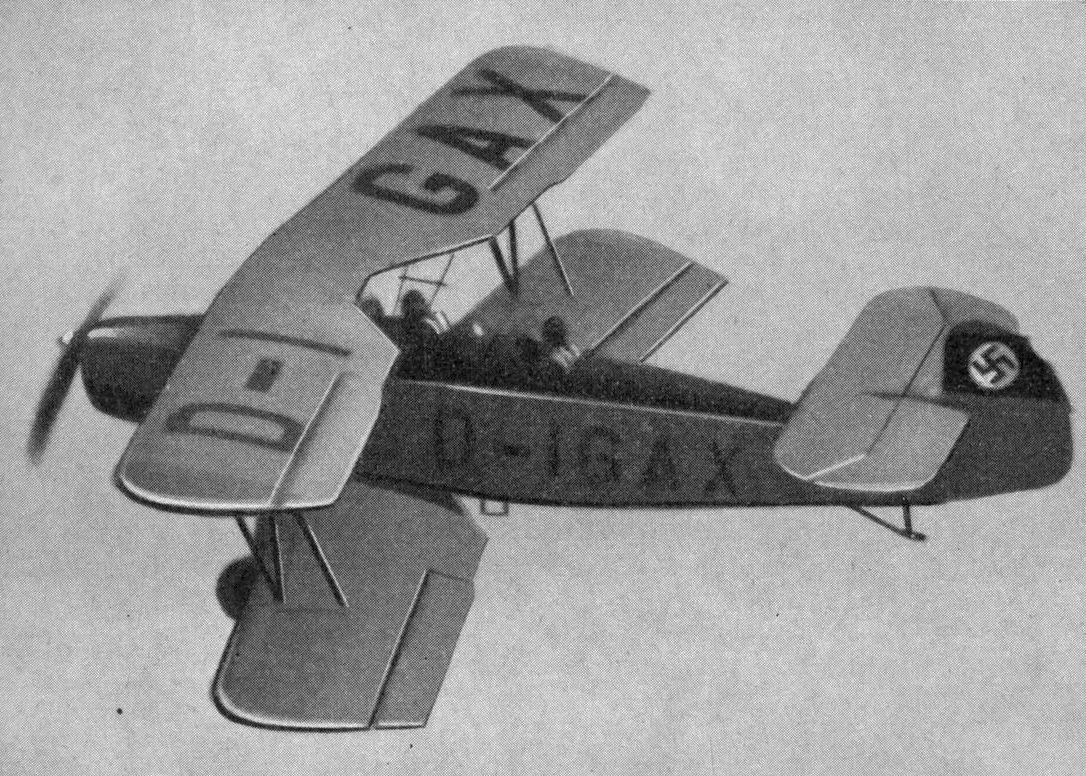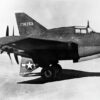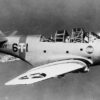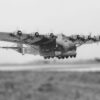The Polikarpov Po-2, named so in 1944 after its creator, and initially known as Polikarpov U-2 (U for the Russian uchebnyi, ‘training’), performed its maiden flight in 1927. Since then, over 30,000 Polikarpov U-2s of various modifications were manufactured, making it one of the most massively produced aircraft in the world. The career of this incredibly versatile aircraft spanned several decades, during which it was used in a multitude of roles, including training aircraft and crop duster. What made the Polikarpov U-2 especially famous was its role of a light night bomber during the WWII.
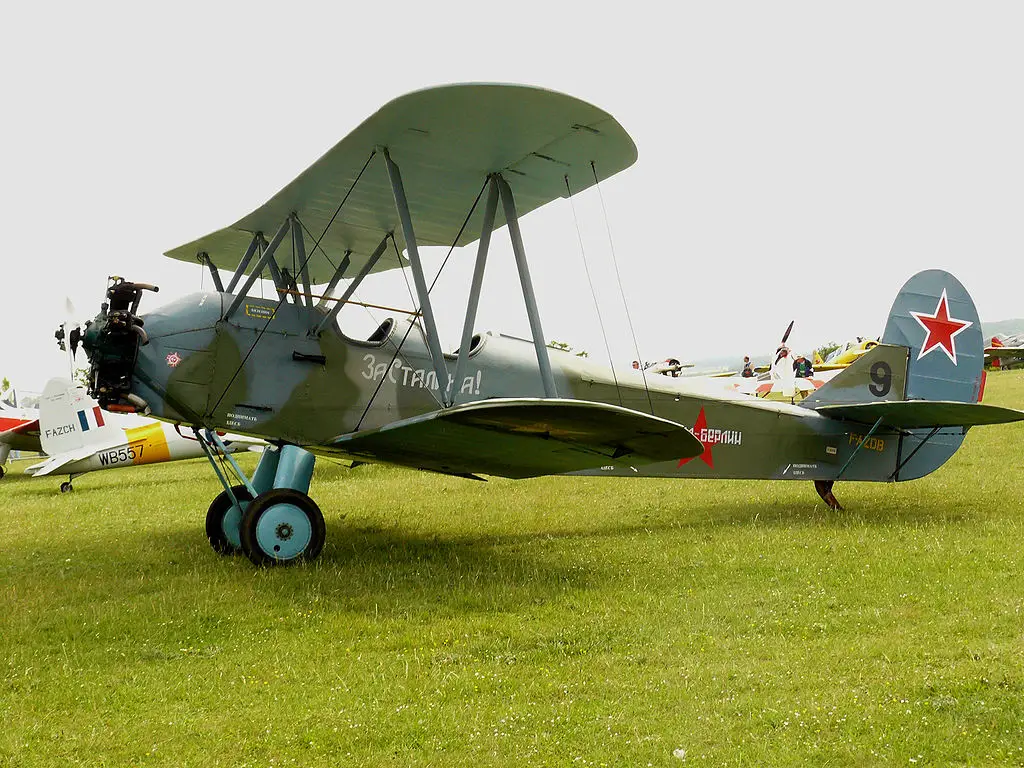
The Polikarpov U-2 was a biplane powered by a 125 hp five-cylinder engine, providing it with maximum speed of about 100 mph. Its range was some 250 miles and ceiling 15,000 ft. The Polikarpov U-2 needed less than 500 ft of runway to take off. Over the decades it was continuously modernized and improved, gradually getting more powerful engines and enhanced speed and altitude characteristics.
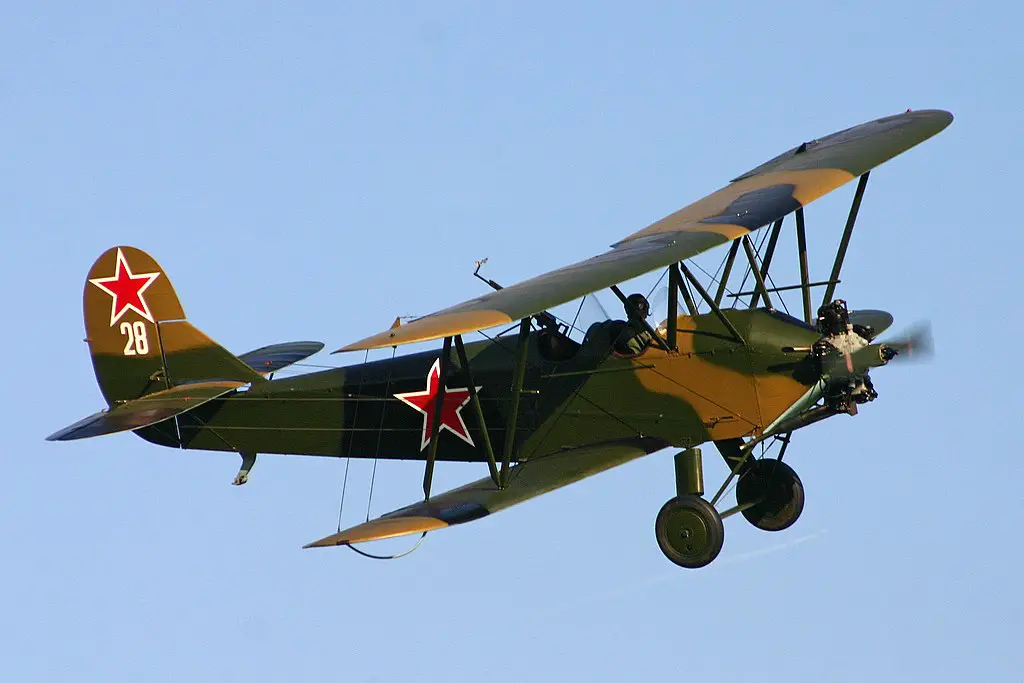
During the WWII it was used by the Soviets in reconnaissance, medical evacuation, as a liaison aircraft, and, of course, as a night bomber. It was specifically modified for that role, getting the U-2VS designation. It could carry 110 or 220 lbs bombs totaling 770 lbs and a machine gun with ammo. U-2 pilots harassed German troops by approaching the area at a treetop level, climbing right before the target and then, with the engine throttled-back, almost silently gliding down to drop the bombs. The Germans nicknamed Polikarpov U-2 squadrons, many of which were staffed by female pilots, “Night Witches.”
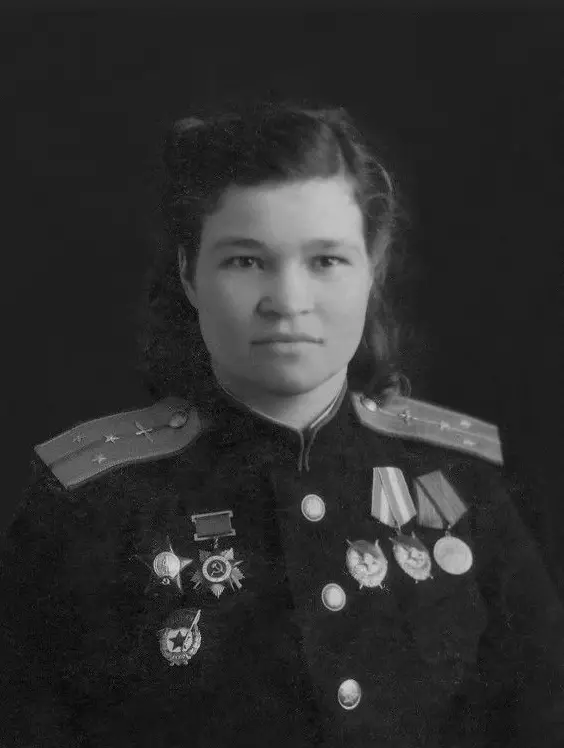
Among the Polikarpov U-2 modifications designed specifically for warfare was also the U-2VOM, which saw the light in 1941. The Russian VOM abbreviation stood for airborne flamethrower. These aircraft carried several bags filled with incendiary mixture.
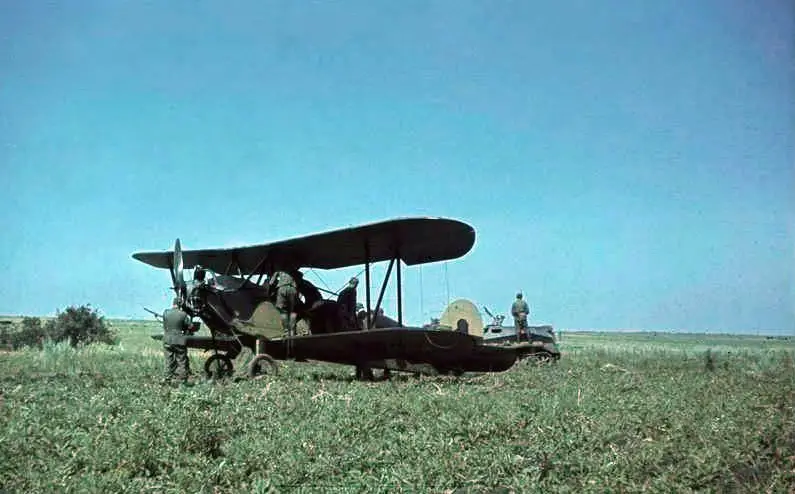
The Germans employed light night bombers as well. In 1942 they started using Arado Ar 66 training aircraft in this capacity. Russian WWII veteran Alexander Nikulin tells in his memoirs how a cigarette carelessly lit by soldiers in the trenches would sometimes result in a rainfall of cluster munitions dropped from a German aircraft silently gliding over the lines with its engine off.
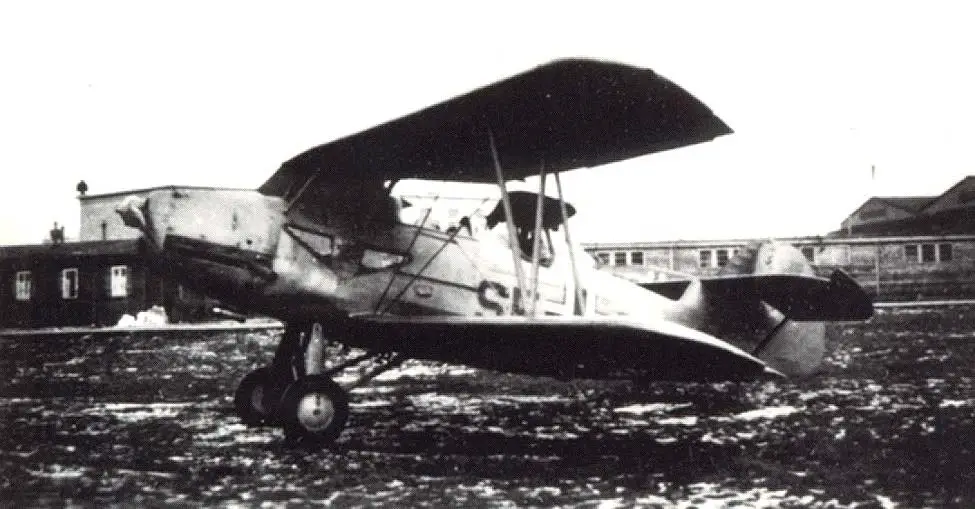
After the WWII Po-2s were also used by the North Korean air force in the light night bomber role against the U.S. troops, who called it “Bedcheck Charlie.”

